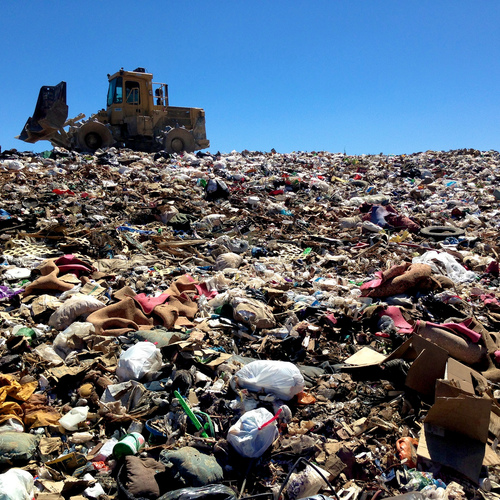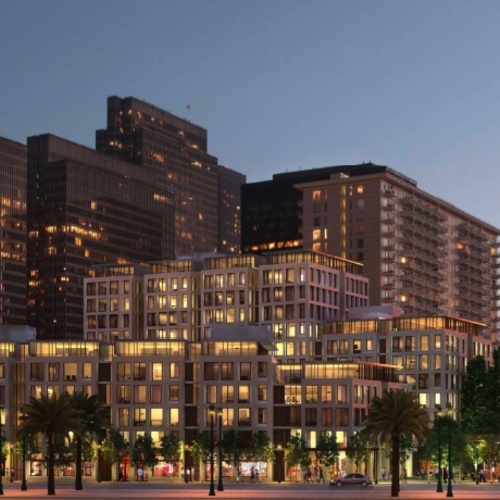
Image Credit: San Francisco Public Utilities Commission
Back in December, San Francisco Mayor Gavin Newsom introduced an energy efficiency financing proposal that would, like similar programs in other municipalities, offer loans to homeowners and owners of commercial buildings for green retrofits, with repayment obligations attached to the property’s tax bill.
Known as the San Francisco Sustainable Financing Program (SF2), the initiative would cover not only energy efficiency and renewable-energy upgrades, but also water conservation improvements. The plan calls for raising loan funds through a private-market source, rather than a publicly funded bond measure, and would tap into state and federal grant sources, including the American Recovery and Reinvestment Act. The city would work with Renewable Funding, an Oakland, California-based municipal financing company that specializes in administering Property Assessed Clean Energy programs of the type recently approved for statewide adoption in New York.
Making sense of residential energy performance in S.F.
No question SF2 could become an important tool for the city as it aggressively strives to reduce its carbon emissions. Another, related issue that needs to be addressed, though, is the often quirky nature of San Francisco’s housing stock, where old Victorians, barrel-front Edwardians, slapped-together contemporaries, and tall apartment buildings commingle in almost every neighborhood. As a recent post by blog site Mission Local noted, many of these formerly single-family homes have, over the decades, been divided up into two or more units, and were built according to 80-year-old construction standards on relatively small, zero-lot-line parcels. They are, in other words, drafty, prone to moisture problems, and configured in ways that hobble the usefulness of established energy models. What’s more, the owners of multiunit buildings, one local home-energy auditor pointed out, aren’t the ones paying the utility bills in the buildings they own, and so won’t necessarily be motivated to spend money on energy efficiency upgrades.
But the auditor also noted that project-by-project data would be useful to help sort through the variables peculiar to homes in the city. (The mix of buildings there isn’t all that different from what you’ll find elsewhere in the Bay Area, including Oakland and Berkeley, but those towns see plenty of warm summer days, which in San Francisco are much rarer than earthquakes.) As it turns out, the city’s board of supervisors budget and finance committee last week approved two grants that will pay for studies of the most cost-effective ways to handle residential energy efficiency retrofits.
The full board will consider approval of grants totaling $425,000 to help launch what is being called the Zero Energy Homes Program, which will include development of “typical zero energy paths” for retrofits of various types of homes and the publication of the information on the Web, according to the city’s manager of energy efficiency, Cal Broomhead. The program also will help define residential retrofit rules and provide guidelines for contractor training.
The city has already had success with its GoSolarSF program, which offers incentives for building owners to install solar power systems and is credited with helping double the number of installations in the city in the year after the program’s 2008 introduction. Installations in the city are tracked on this “San Francisco Solar Map,” which includes links to further information about the GoSolarSF program.
Weekly Newsletter
Get building science and energy efficiency advice, plus special offers, in your inbox.















0 Comments
Log in or create an account to post a comment.
Sign up Log in